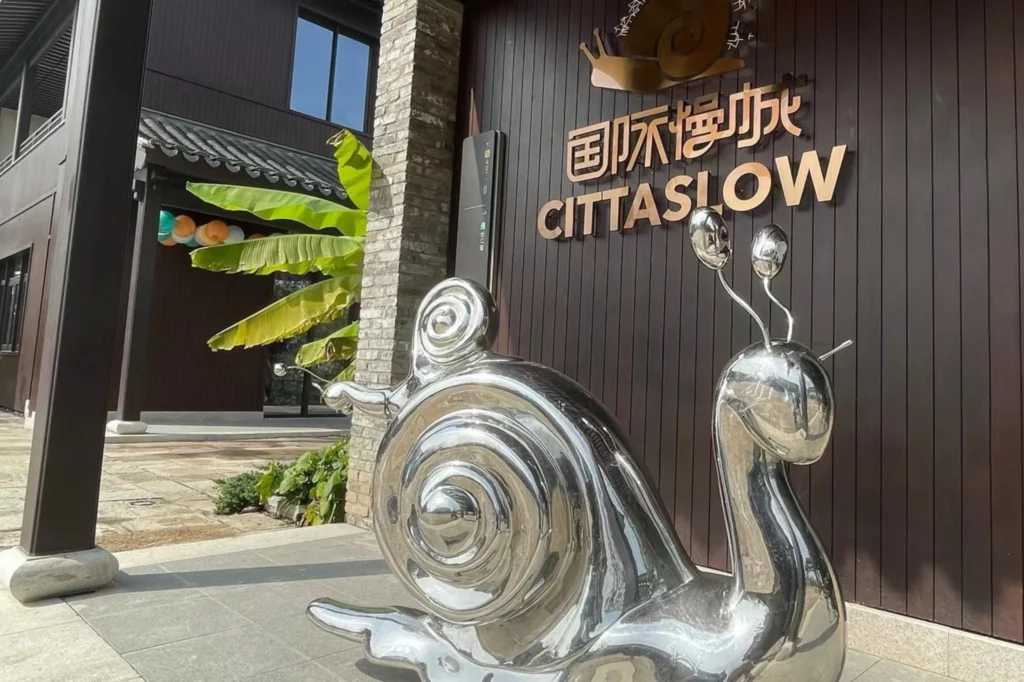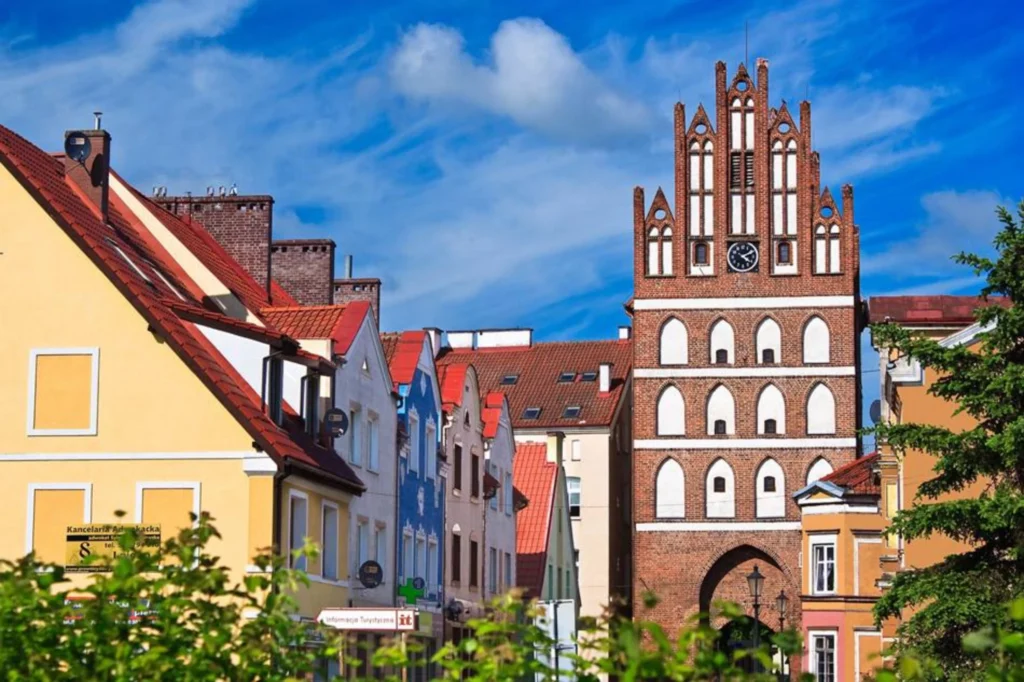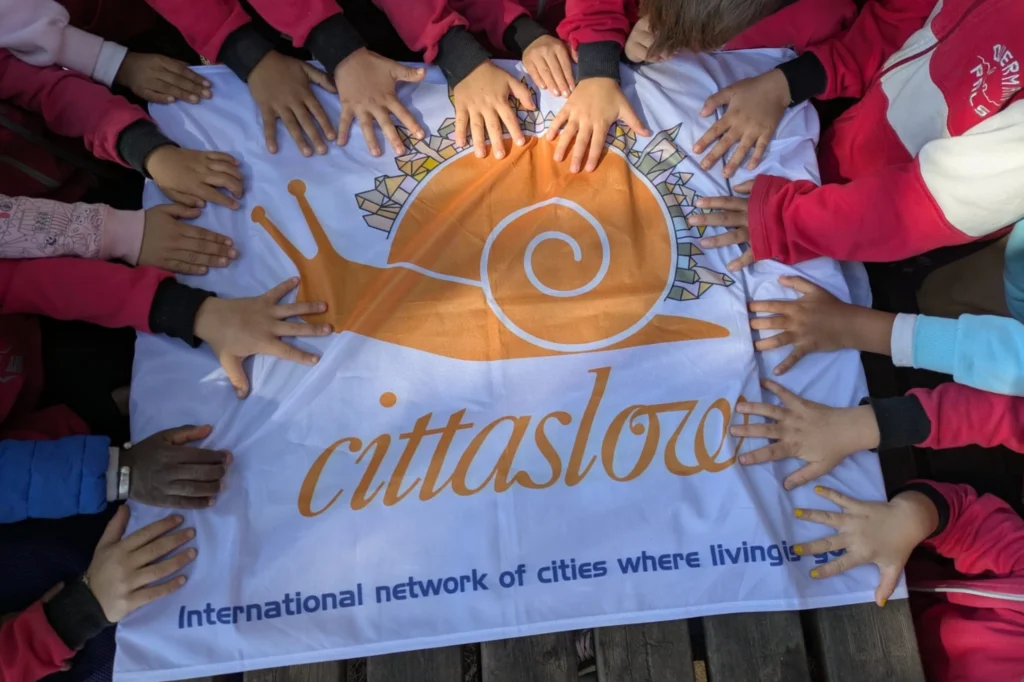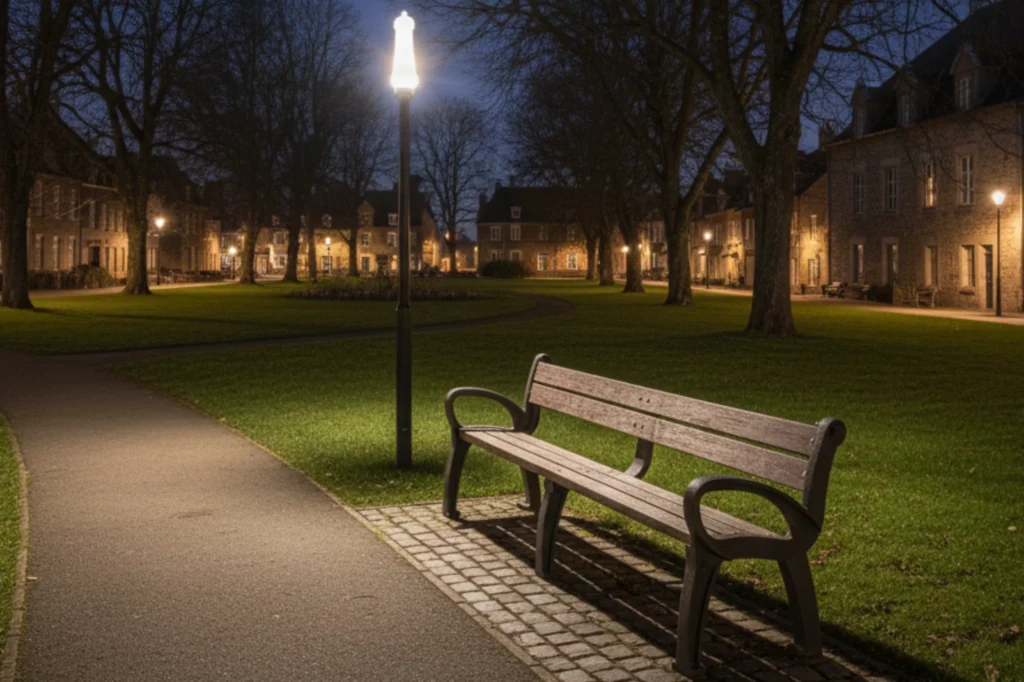There are ideas powerful enough to reshape the way we imagine our cities, and Cittaslow is one of them. Imagine living in a place where the surroundings don’t overwhelm you, where the everyday rhythm is calmer, and where quality of life feels tangible rather than unreachable. If that vision inspires you, Cittaslow opens the door to new possibilities. In this blog, we invite you to explore a different way of understanding urban life—one that moves away from constant acceleration and toward a more mindful, people-centered approach.
As you continue reading, you’ll discover how the Cittaslow philosophy encourages cities to become more livable, more sustainable, and ultimately more connected to the people who call them home.
In a fast-paced urban world that rarely slows down, taking a moment to reflect on the direction our cities are heading has become essential. Visual congestion, impersonal environments, and rushed decision-making have pushed many communities to search for more balanced alternatives.
As a result, Cittaslow has emerged as a movement that encourages cities to reclaim the value of time and place—without standing in the way of progress.

The Origin That Redefined How We Talk About Cities
The concept was born in Italy. In 1997, Carlo Petrini—founder of the Slow Food movement, a global socio-cultural initiative—introduced the concept of shaping cities that preserve their identity, honor their natural rhythm, and enhance the everyday urban experience of their residents. His vision quickly drew the interest of mayors seeking to safeguard the character of their communities amid mounting pressures from rapid urban growth.
In 1999, Paolo Saturnini, the mayor of Greve in Chianti, led the effort to formalize the movement and established the foundations of what we now know as Cittaslow. Since then, this international network of cities has continued to expand, gradually becoming a global reference for rethinking the way urban life is designed and experienced.
Today, the movement is present in more than 30 countries and connects over 300 cities—including communities in Italy, Germany, France, the Netherlands, Spain, Turkey, South Korea, China, Japan, Australia, Canada, and Poland. Its continued expansion shows that the Cittaslow philosophy thrives in a wide range of contexts and is not tied to any single region of the world.

What It Truly Means for a City to Become Cittaslow
Although the literal translation is “slow city,” the Cittaslow philosophy has nothing to do with moving at a slow pace. Its essence lies in making urban decisions that honor the natural rhythm of human life. Being a Cittaslow city means creating an environment that feels truly livable—one where public spaces invite people to stay, not just pass through, and where every intervention contributes to a more balanced urban experience.
Cittaslow is not a model designed exclusively for small towns, even if that is where it originated. Its principles can be applied to entire neighborhoods within large metropolitan areas, because what defines a Cittaslow city is not its size, but its commitment to creating a place where quality of life is a true priority.

Slowness as a Design Principle
In this movement, slowness is not a lack of progress but a guiding approach to urban planning. It means choosing projects that genuinely enhance well-being, preventing the types of saturation that wear down a city, and designing public spaces where meaningful interaction becomes possible. In a Cittaslow city, decisions are made with serenity, clarity guides every choice, and actions are executed with intention.
This principle helps establish clear priorities: identifying which initiatives are truly worthwhile, determining which areas require focused attention, and understanding how public spaces should be organized to convey a sense of stability and belonging.
Principles That Support the Vision
To join the movement, a city must meet a selection of criteria grouped into key areas such as:
- Preservation of the urban landscape
- Responsible environmental management
- Clarity and efficiency in public services
- Strengthening of local identity
- Active citizen participation
- Ongoing improvement.

The key is not to meet every criterion from the start, but to maintain a continuous process of evaluation and improvement. In this way, Cittaslow becomes a genuine commitment rather than just a symbolic label.
Even a Metropolis Can Be Cittaslow
While this movement originally grew among smaller cities, its framework can be effectively implemented in defined zones of larger metropolitan environments. Consequently, a neighborhood can transform into a distinct territory that adopts this approach, reinforcing its character, promoting a more human-centered scale, and improving the quality of its spaces.
These reflections align with global discussions on the future of cities, such as those taking place at the Smart City Expo World Congress, where strategies for building urban environments that combine innovation with well-being are explored. They also resonate with experiences like the lessons learned in Helsinki, which demonstrate how precise management and thoughtful design can transform everyday life.
Improving Urban Spaces to Boost Residents’ Quality of Life
A city that embraces this approach expresses it through the elements that shape its landscape. Lighting guides pathways, urban furnishings organize spaces, clear signage provides orientation, and designated resting areas contribute to the overall atmosphere that defines urban life.
In this regard, thoughtfully designed urban furniture helps create inviting spaces where people can stop, linger, and connect. Street lights influence how the city feels at night, enhancing both safety and comfort. Directional signs allow the city to be navigated effortlessly, strengthening identity and a sense of place. Meanwhile, elements like bollards coprovide clear boundaries, protect important areas, and support a structured, harmonious urban environment.

These elements don’t operate in isolation. Their true impact emerges when they are seamlessly woven into daily life, creating an environment that supports and enhances everyday experiences rather than hindering them.
Cittaslow: A Vision for the Urban Future
Cittaslow is not a pause in time. Rather, it serves as a reminder that a city can reflect on itself, preserve its history without becoming stagnant, and progress while maintaining its unique character. It is a way of shaping spaces where life has room to breathe, meaning to flourish, and balance to thrive.
At a time when speed frequently shapes urban development, this approach presents a compelling alternative: creating cities that enhance life rather than accelerate it, allowing residents to experience its full worth.
